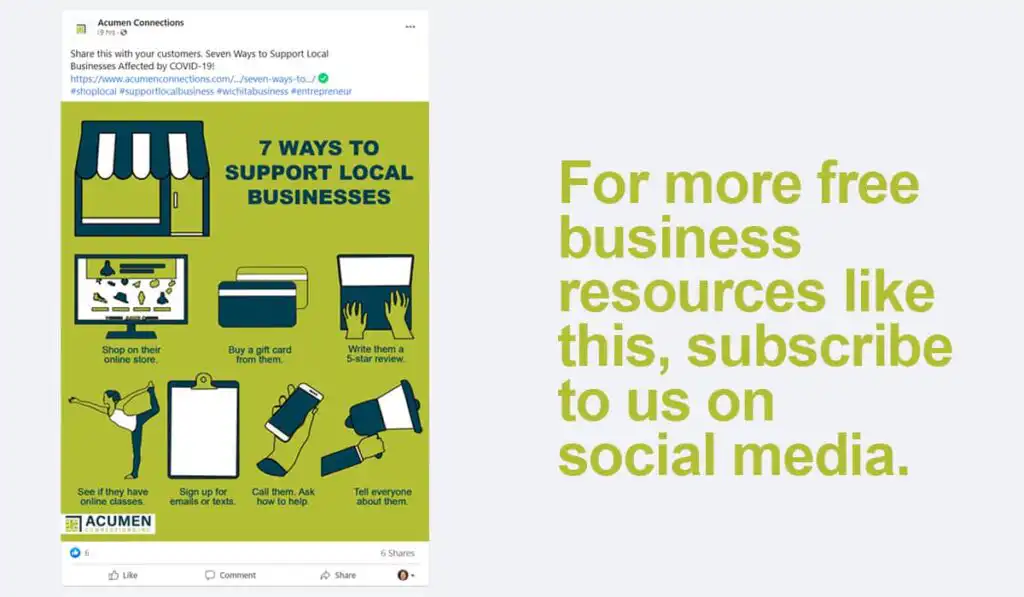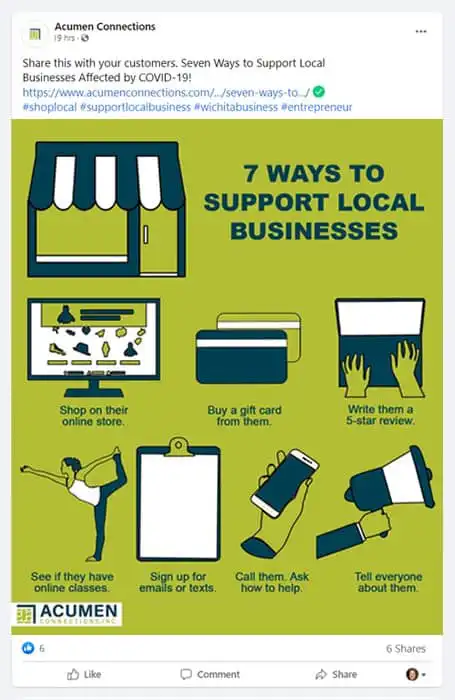Four fundamentals to make your business feel like a real person
Starbucks is pretty standard for coffee. But Starbucks does something unique every time I go in.
“Can I take your name?” the barista questions me. “Sure,” I reply, and give my name. Then, while I wait for them to call out my grande flat white, I wonder why they need to ask for my name.
One explanation is that this is Starbucks’ attempt to humanize itself. It’s simple. Barista, who I now know is Sarah, asks for my name. Even if nothing more than an exchange of names, I feel like I know Sarah, and she knows me.
Either way you slice it, humanizing works.
Don’t believe me? Think about this for a second.
My dad loves the hardware store. So much in fact, that I think he goes there sometimes just to get away. He doesn’t buy anything. But he knows the guy working, and he likes to pop in and talk.
Starbucks asks for my name because it makes me feel recognized and valued. My dad gets the same feeling in a quick conversation with the hardware shop employee.
If you want a personable brand, you have to take direct, actionable steps to connect with your audience. It’s as simple as asking for a name or striking up a quick conversation.
And that’s my point. Strategy doesn’t have to be overly complex or layered.
For almost a year, we haven’t been connected like we’d like to. And now everyone is wondering what the easiest way to reconnect is.
The answer is humanizing. I’m about to share with you four ways to humanize your business — in-person and online. Because not everyone can get by with writing your name on a cup.
1. Listen to your audience
At the hardware store, it’s a conversation. Simple exchanges keep my dad coming back every Saturday. There, they know what my dad likes to hear. They remember the conversations. They learn about my dad and the other dads — and establish an entryway into their lives.
Today, more conversations are happening less face-to-face, and more screen-to-screen. And that’s perfectly OK.
Ever heard of social media? I bet you have. Now, how do you use it? You should be using social media to listen to your customers.
Used properly, social media should be a sounding board to learn from people who are passionate about your business. Hint: These are the dads who visit the hardware store every Saturday.
Also, social media can best be used to elevate your customers’ voices. Not only can you use it to learn from your customers, but you can engage and interact with your customers. You may even use it to gather user-generated content.
Instead of using social media as a platform to flood with content, use it to listen. And listen to not only what’s being said about your company. Listen to what’s being said about your competition and your industry, as well.
Listen attentively and fully — everywhere. Not all listening is exclusive to social media. Remember, at times, to act as a listening ear. You might take a call and already know the solution to the problem your customer is describing. But wait! Don’t interrupt, even if you’ve heard this story before. Listen like you’ve never listened before.
People love when they’re listened to.
2. Know who you are and how you’re thought of
How well do you know yourself?
It’s important that you know who you are. Likewise, you should know who your customers are. And finally, you should know what your niche is.
I’m not suggesting you have to craft the perfect elevator speech. I’m suggesting you look at how you are thought of, and ask yourself if that aligns with how you want to be perceived. Because once you break through, it’s hard to change how you’re thought of.
Take for example Matthew McConaughey. He made his debut in the 1993 comedy Dazed and Confused. Instantly, he was recognized as the “alright, alright, alright” character. He still is. But for years, McConaughey struggled to land a serious role in anything other than a romantic comedy. Point is, it’s hard to change how you’re thought of once you’ve established a reputation.
Know how you want to be thought of, and always present yourself in that light.
3. Be totally and completely authentic
Everyone wants to feel connected.
Give them something — or better yet, someone — to connect with.
True connections happen when we’re authentic. People want to feel like they know you. How you peel back the layers is simple.
Just document what you do. Be authentic, and share it.
Share you. I mean the real you. Keep it professional, of course. But be real. Don’t try to be something you’re not. I promise you, authenticity will always draw people in.
There’s a saying I love: Take a break from the selling, and focus on the telling.
My point is, share what you know with who you know. Service cultures tend to win back customers better than others. Why? Because they are equipped with people who share valuable information to an audience who cares.
Tell stories. But don’t sell. Connections will come. But only if you’re real. So be real.
4. Be outrageously consistent
Every time I go to Starbucks, they ask for my name. Every time.
Every time my dad goes to the hardware store, he talks with the guy working. Every time.
These interactions we know we can count on. Likewise, the same should be true for your customers. If you set a standard, stay true on it.
Be consistent in every way you can. Build off the last interaction you had. It’s as simple as reengaging on a regular basis — in-person, online, or wherever you interact. My point is that customers remember when you are consistent, and oftentimes, they’ll reward you for it.
And when you interact, know their name. People like to feel recognized. Try to learn their name. Ask if you don’t know it. Humanizing yourself starts with humanizing the customer. Know their name and not their account number. Build your knowledge of them as you go.
Customers want to help. They don’t always know how
You don’t need a reminder of what 2020 was like.
It wasn’t what we wanted. That much is clear. The year brought unpredictable challenges. And let’s be real, these challenges flat out sucked, at times.
It’s universally understood what 2020 was. Businesses struggled, and customers wondered how to act. My question for you is: Did you tell your customers how to help?
Customers want to help. But they don’t always know how.
My message today is that you should be real with your customers. Humanize your business. Peel back the layers and remind people who they’re supporting. It’s been a hard year. But unless you communicate that, your customers probably don’t know where your business stands.
Put even clearer: Ask for help. Tell your customers how they can help.
Be authentic. Be real. And speak up.
Your customers have an emotional connection to your business.
Ask for help.
Acumen Connections recognizes the strain businesses are going through. We want to help. We’re publishing new content every week to help struggling small businesses. Visit our blog to stay updated with resourceful content. To stay up with new posts, subscribe to us on social media.
Ariel Westphal




